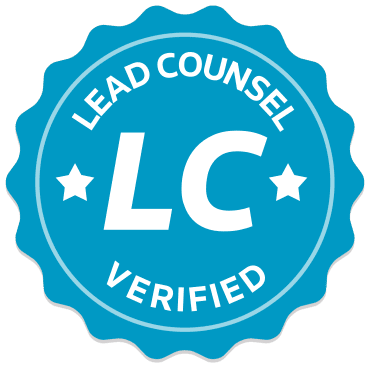What Do Prosecutors Need to Prove in a Loudoun Drug Case?
Simple possession is not something that is extraordinarily easy or difficult to prove in Loudoun County. It is truly a case by case basis making it even more important that you put forth the strongest defense possible and consult with a Loudoun County drug lawyer as soon as you are arrested or charged.
The Possession Element: Actual v Constructive
Actual possession means that the item is found on the person or in an area that only they control. It can also be “constructive,” meaning it is found near them or they were exercising dominion or control to the exclusion of others. Possession can also be shared, meaning that the item is found in areas that multiple people have access to and both people may be charged. This is especially difficult to prove in automobile stop cases where drug materials are found in the car under the seats, on the seat, or in the consoles. In these cases, it is difficult to determine actually who is in possession and who is not in possession.
These are very technical cases that have a very well developed body of case law. They are also very fact-specific, meaning that experienced attorneys can go through the facts of your particular case and help you understand where your case may have defenses and where your case may be more or less difficult for the Commonwealth to prosecute. The possession element is the number one element in any type of drug offense that I want to look at – whether it be possession or possession with intent to distribute or even actual distribution or manufacturing.
The Knowledge Element
Another element that the Commonwealth will need to prove to obtain a conviction is that the person knew the identity, character, and nature of the alleged drug material. This is important because if someone is in possession of a backpack, for example, but has no idea (nor reason to know) what is in the backpack, then it is difficult for them to actually prove the necessary knowledge and intent. They can rely on not knowing the nature, character, or identity of the item. Again, this is very fact specific and every case is unique.
The Intent Element
In the case of possession with intent to distribute, there is an additional element in the intent to distribute. This does not have to be proven with an attempted sale or an attempted giveaway, as the language of the code reads. It could be all sorts of other potential actions with the drug material. It can be enough that the person had the ability to make a sale or give the drugs away and that there is circumstantial evidence surrounding the case that could lead a reasonable person to infer that they had the ability and intent to distribute.
These are highly circumstantial cases and highly fact-specific. For example, while possession with intent to distribute may occur if someone makes a controlled sale to an undercover officer, it may also occur if someone was arrested with large amounts of cash, individually marked drug baggies or vials, phone number lists, or other indications of drug distribution. Simply having a large quantity is not enough for possession with intent to distribute, although it may be one of the factors that the prosecutor can rely on in asking the court to consider possession with intent to distribute.






